Mastering Your Cycling Kit for Any Weather

Frequently Asked Questions
1. Why is layering important for cycling?
2. What are the three types of layers in a cycling outfit?
3. What materials are recommended for a cycling base layer?
4. How should I layer for cold weather cycling?
5. What should I consider when choosing an outer layer for cycling in the rain?
Cycling is a fantastic way to stay fit, enjoy nature, and even commute. However, one of the biggest challenges cyclists face is adapting their kit to various weather conditions. The ability to layer your cycling outfit effectively can make all the difference between a pleasant ride and a miserable experience. In this guide, we'll explore how to layer your cycling kit for all weather conditions, focusing on essential components like the cycling jersey and other critical layers.
Why Layering is Important
Layering is crucial for cyclists because temperatures can fluctuate rapidly. Whether you're climbing a steep hill or breezing down a country road, your body generates heat, which can lead to sweat. Without the right layers, this sweat can chill you, making your ride uncomfortable. Proper layering allows you to manage your body's temperature and moisture effectively.
Understanding the Basics of Layering
Before diving into the specifics of layering for different weather conditions, it's essential to understand the basic principle of layering. Typically, you'll want to focus on three types of layers:
Base Layer
The base layer is the first layer of clothing that sits against your skin. Its primary purpose is to wick moisture away from your body. When choosing a base layer, consider the following fabrics:
- Merino Wool: Great for cool weather, breathable, and odor-resistant.
- Synthetic Fabrics: Excellent for moisture management, quick-drying, and lightweight.
- Cotton: While comfortable, it retains moisture and is not recommended for cycling.
A good quality cycling jersey often serves as an excellent base layer. Not only does it keep you dry, but it is also designed to fit snugly to reduce wind resistance.
Insulating Layer
The insulating layer is crucial for colder temperatures. This layer traps heat and helps regulate your body temperature. Common materials include:
- Fleece: Provides warmth, lightweight, and breathable.
- Synthetic Insulation: Often less bulky than fleece and maintains insulating properties even when wet.
You may opt for a long-sleeve cycling jersey or a lightweight jacket for this layer, depending on how cold it is. A cycling jersey with built-in insulation can keep you warm without being too cumbersome.
Outer Layer
The outer layer serves as protection against wind, rain, and cold temperatures. Look for garments with waterproof or water-resistant qualities to shield you from the elements. Here are some features to consider:
- Windproof: Keeps you warm by preventing wind chill.
- Waterproof: Essential for rainy conditions.
- Breathable: Prevents overheating by allowing moisture to escape.
A lightweight, packable jacket is a great addition to your cycling kit and can easily fit into a jersey pocket when not in use.
Layering for Different Weather Conditions
Sunny and Warm Weather
When cycling in warm weather, the key is to maintain comfort and breathability. Start with a lightweight, moisture-wicking cycling jersey as your base layer. Opt for a short-sleeve or sleeveless cycling jersey to maximize ventilation.
If the sun is particularly strong, consider a UV-protective cycling jersey for added protection. Pair it with lightweight shorts, sunglasses, and a breathable helmet for a complete kit. Always remember to apply sunscreen on exposed skin to prevent sunburn.
Cool and Mild Weather
As temperatures drop, layering becomes more critical. Start with a cycling jersey as your first layer, followed by a long-sleeve thermal layer. Lightweight arm warmers can also provide extra insulation without the bulk.
For the outer layer, a windproof vest or light jacket can shield you from chilly gusts of wind. Depending on the conditions, lightweight fingerless gloves are also advisable to keep your hands warm without sacrificing grip.
Cold and Chilly Weather
For cold rides, you’ll want to ensure that your core is well protected. Begin with a thermal cycling jersey to keep warmth close to your body. Pair it with thermal long pants or leggings that offer both insulation and flexibility.
On top, use a cold-weather cycling jacket that is both windproof and waterproof. Essential accessories include thermal gloves, a neck warmer, and a cycling cap to keep your extremities cozy. Consider toe covers for your shoes if it's particularly cold.
Wet and Rainy Conditions
Cycling in the rain requires a different approach to layering. Start with a cycling jersey that has excellent moisture-wicking properties. This will help keep sweat and rain at bay. Pair it with water-resistant cycling shorts or pants for better coverage.
The outer layer is where you'll want to invest in a high-quality waterproof jacket. Look for features like sealed seams and adjustable cuffs to enhance protection against the rain. Don't forget waterproof gloves to keep your hands warm and dry.
Additional Tips for Layering
Aside from the basics of layering, here are some key tips to elevate your cycling kit for various weather conditions:
- Try Before You Buy: Always try on your layers to ensure they fit well and don't restrict movement, especially with a cycling jersey.
- Layer Smart: Be mindful of how each layer interacts with the others, ensuring maximum comfort without excessive bulk.
- Invest in Quality: Quality materials may come at a higher price, but they will last longer and provide better performance.
- Adapt as Necessary: Weather can be unpredictable, so be prepared to adjust your layers as conditions change.
Staying Comfy Regardless of Condition
Cycling is meant to be enjoyed, and the right layers can make your experience much more pleasant. By understanding how to layer your cycling kit for different weather conditions, you'll be well-prepared to hit the road no matter the forecast. Remember to keep your cycling jersey as a central component of your outfit, as it plays a vital role in moisture management and comfort. Happy cycling and ride safely!


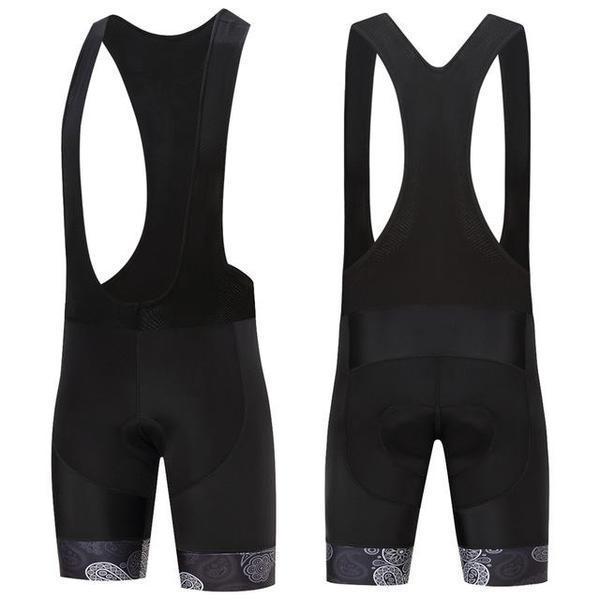
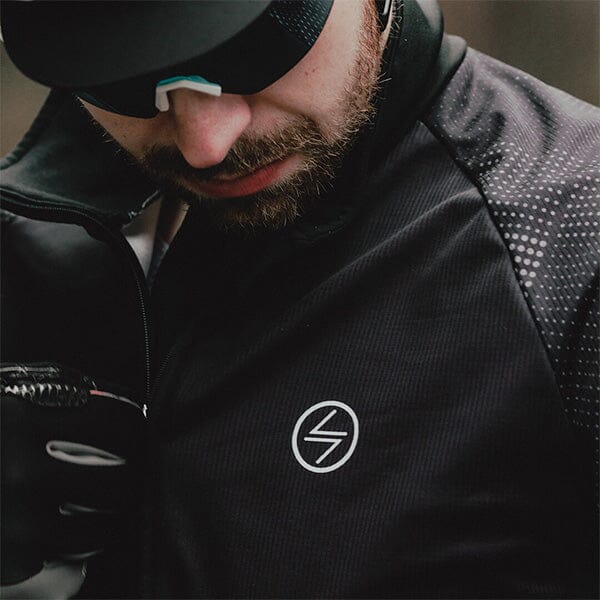
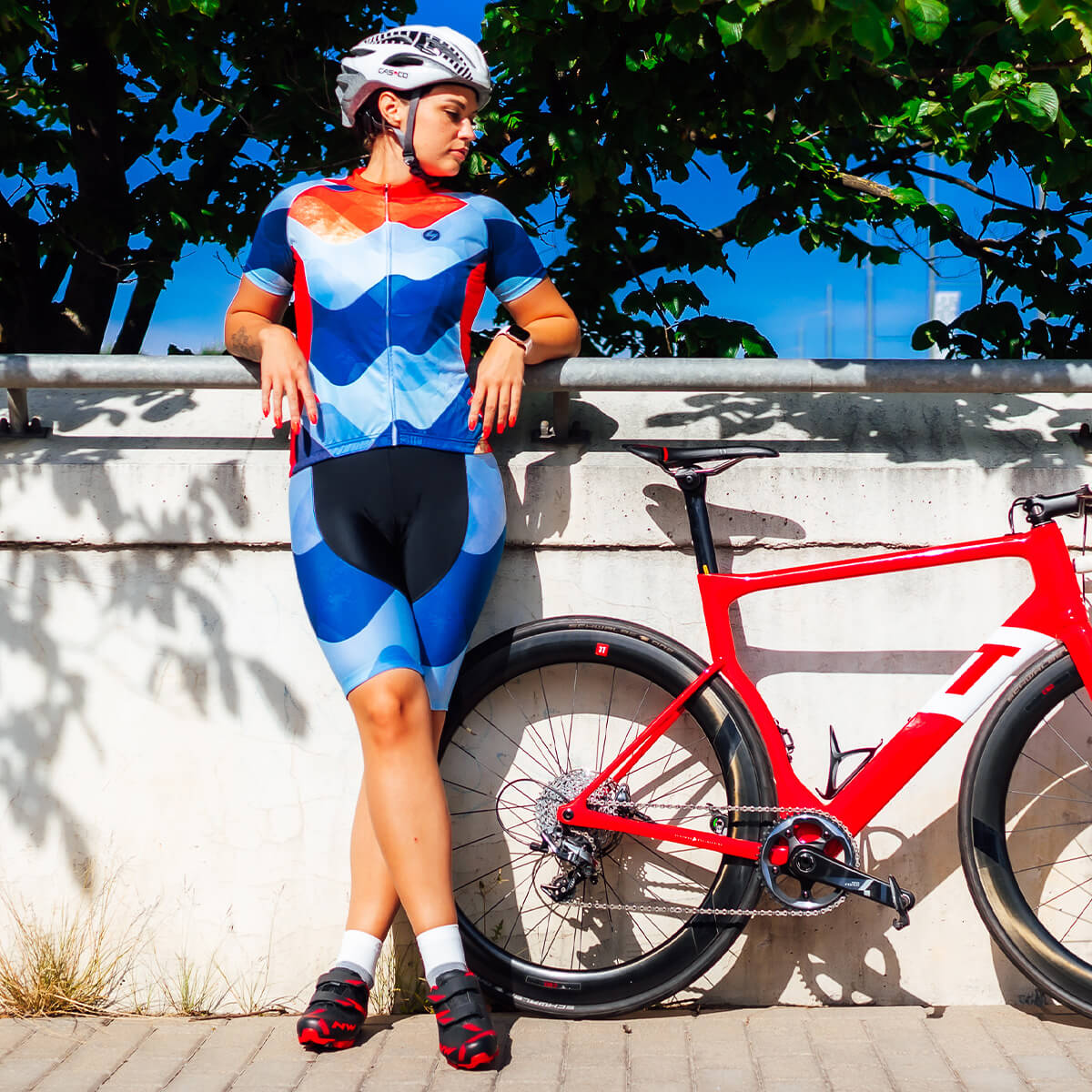

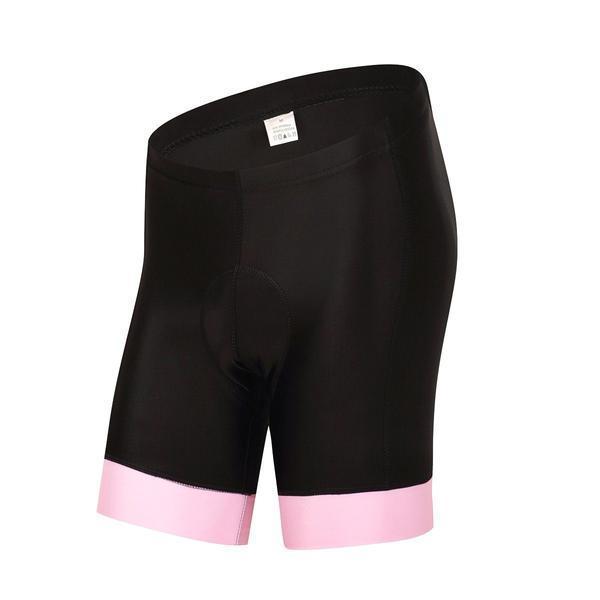

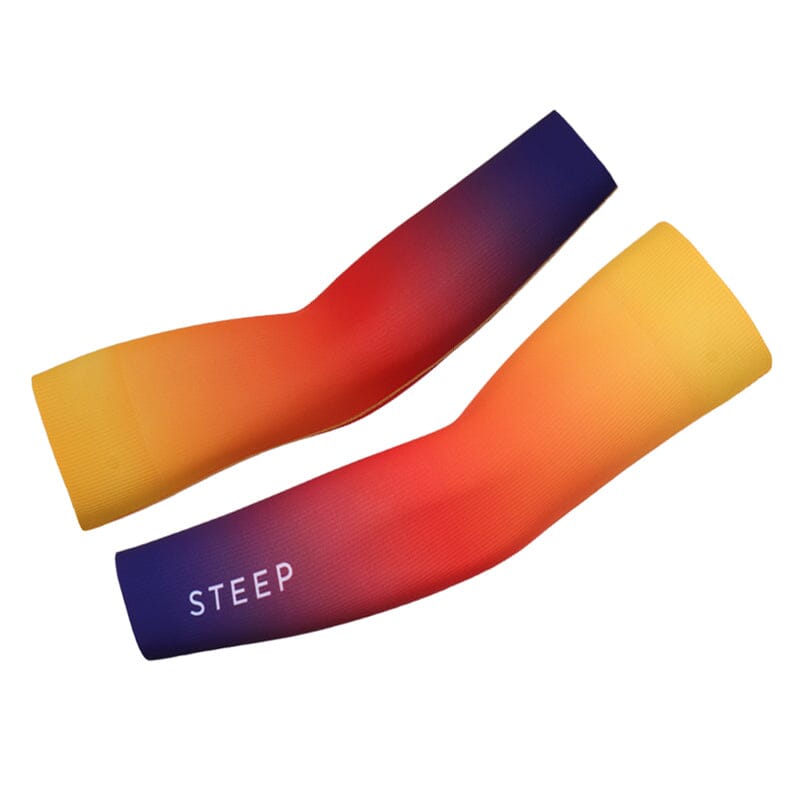






Leave a comment